Hanadama & Madama Pearls: How to Choose?

When it comes to pearls, few varieties rival the exquisite elegance of Hanadama and Madama pearls.
These exceptional gems, renowned for their exceptional luster and captivating beauty, have long been cherished by jewellery makers.
But how does one choose between these two enchanting options?
Hanadama pearls, originating from Japan, are known for their exceptional quality and radiance.
Carefully selected for their stunning luster and perfectly round shape, Hanadama pearls symbolize refinement and sophistication.
These pearls undergo rigorous grading; only the finest specimens earn the esteemed Hanadama title.
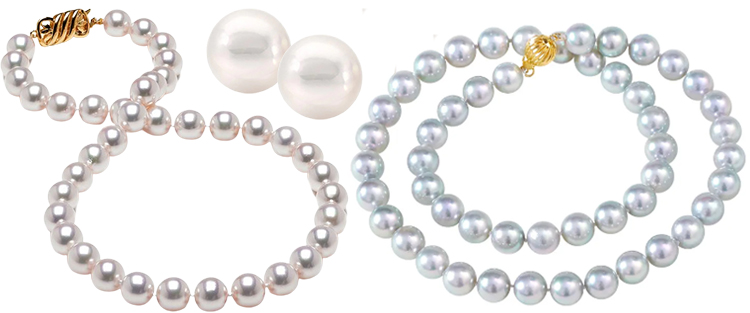
Pearls from Japan offer a unique twist, adding playfulness to your jewellery collection.
The term "Madama" refers to the combination of "mada" and "ama," meaning "pearl."
These pearls exhibit a range of hues, from rich blues and purples to soft pinks and greens.
Choosing between Hanadama and Madama pearls depends on personal preference and the desired aesthetic.
Whether one seeks classic elegance or a splash of vibrant color, both options present an opportunity to own a treasure of nature's beauty.
Join us as we delve into the world of Hanadama and Madama pearls, exploring their unique qualities and offering guidance on making a perfect choice.
What are Hanadama Akoya Pearls?
Hanadama Akoya pearls are a pinnacle of grace and sophistication in the world of pearl jewellery.
Originating from the Akoya oyster (Pinctada fucata), these pearls are renowned for their exceptional luster, flawless surface, and perfectly round shape.
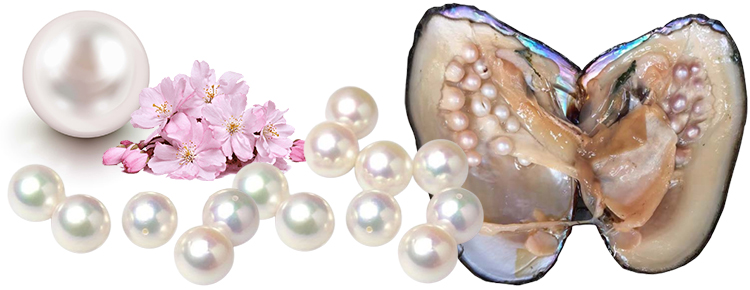
"Hanadama" translates to "flower pearl" in Japanese, symbolizing these gems' delicate beauty and purity.
Hanadama Akoya pearls undergo a rigorous grading process that sets them apart from other Akoya pearls.
They are carefully hand-selected for their outstanding luster, with a bright, mirror-like reflection that captures and reflects light beautifully.
One distinguishing feature of Hanadama Akoya pearls is their impeccable surface quality.
They exhibit minimal blemishes, ensuring a smooth and flawless appearance.
Their remarkable roundness is achieved through meticulous cultivation and selection.
These pearls are cherished for their timeless elegance and are often used in classic jewelry designs, such as necklaces, earrings, and bracelets.
Hanadama Akoya pearls are treasured heirlooms and make exquisite gifts to celebrate special occasions.
When adorned with Hanadama Akoya pearls, one embraces the epitome of refined beauty, sophistication, and the enduring legacy of Japanese craftsmanship.
What are Madama Akoya Pearls?
Madama Akoya pearls represent a captivating variation of the renowned Akoya pearls, famous for their luminosity and classic appeal.
These exquisite gems, originating from the saltwater oysters of Japan, possess a distinctive quality that sets them apart.
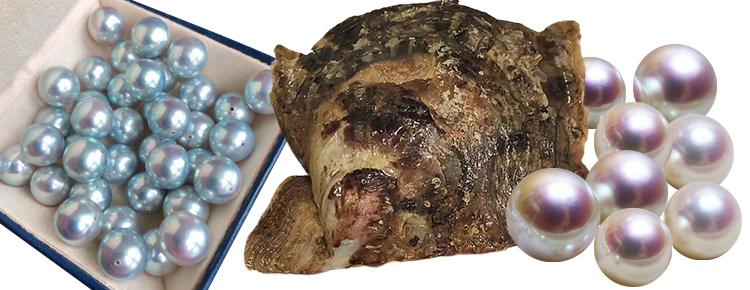
Unlike traditional Akoya pearls, which typically exhibit a white or cream hue, Madama Akoya pearls embrace a stunning range of colors.
From vibrant blues and purples to soft pinks and greens, these pearls offer a remarkable spectrum of luminosity.
This colorful variation is achieved through a delicate culturing process wherein skilled pearl farmers introduce slight changes to the oyster's environment during the pearl formation process.
The unique charm of Madama Akoya pearls lies in their ability to infuse a touch of playfulness and individuality into traditional pearl jewellery designs.
Whether adorning a necklace, bracelet, or pair of earrings, Madama Akoya pearls add a vibrant burst of color that effortlessly elevates any ensemble.
It is worth noting that Madama Akoya pearls are highly sought-after and relatively rare, making them a prized addition to any pearl collection.
Their distinctive allure and captivating hues make them a fascinating choice for those seeking a one-of-a-kind pearl experience.
Embrace the charm of Madama Akoya pearls as we delve into their captivating nature, exploring their vibrant colors, the culturing process behind them, and their unique place in the world of fine pearl jewellery.
What are the Differences Between Hanadama Akoya Pearls & Akoya Pearls
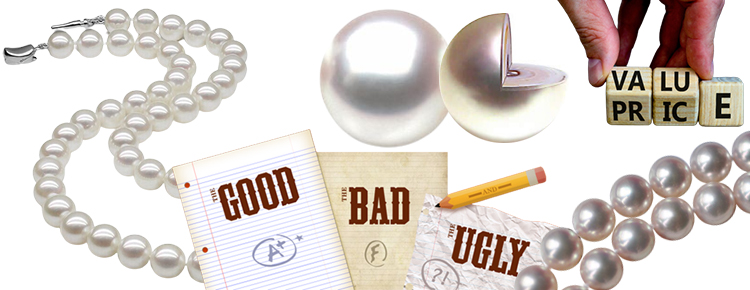
Hanadama Akoya pearls and Akoya pearls both originate from the saltwater oysters of Japan and are renowned for their exquisite beauty and luster.
However, there are distinct differences between these two types of pearls that set them apart.
Quality
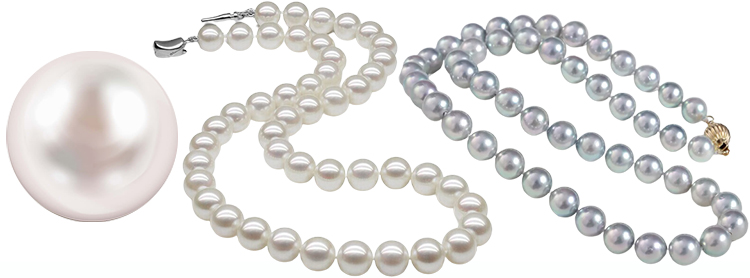
Hanadama Akoya pearls are considered the highest quality of Akoya pearls available in the market.
They undergo stringent grading and selection processes to ensure exceptional luster, surface quality, and shape.
Only pearls meeting the strictest criteria earn the esteemed Hanadama title. On the other hand, Akoya pearls encompass a broader range of quality levels, some being lesser luster or not perfectly round.
Luster
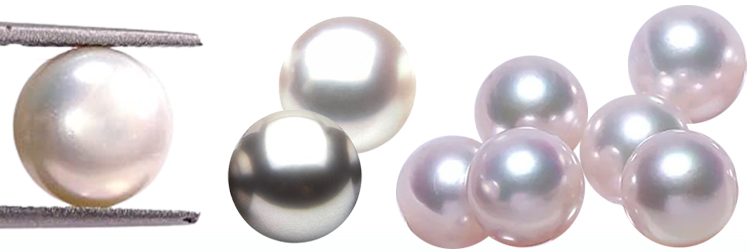
Hanadama Akoya pearls are known for their exceptional luster, characterized by a deep and reflective glow.
This high luster is achieved through careful selection and consistent quality control.
While still possessing a beautiful luster, Akoya pearls may exhibit slightly less brilliance than their Hanadama counterparts.
Roundness

Roundness is a coveted characteristic in pearls, and Hanadama Akoya pearls are prized for their near-perfect spherical shape.
The stringent grading process ensures that Hanadama pearls are consistently round. Akoya pearls, although often round, may have slight variations in shape.
Grading Standards
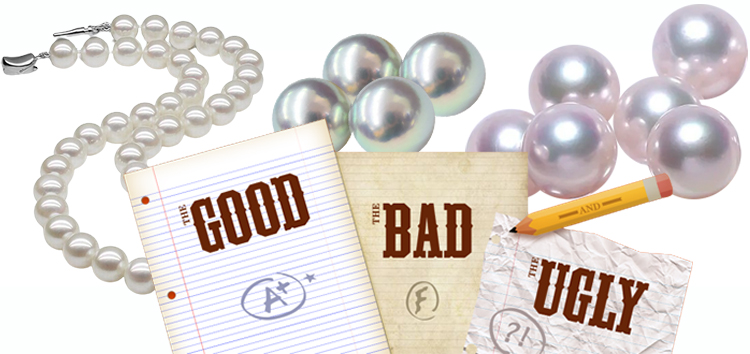
The grading standards for Hanadama Akoya pearls are more rigorous and specific than general Akoya pearls.
Hanadama pearls undergo grading based on strict criteria, including surface quality, luster, shape, and nacre thickness.
Akoya pearls are also graded but with broader guidelines that allow for a wider range of quality.
Price
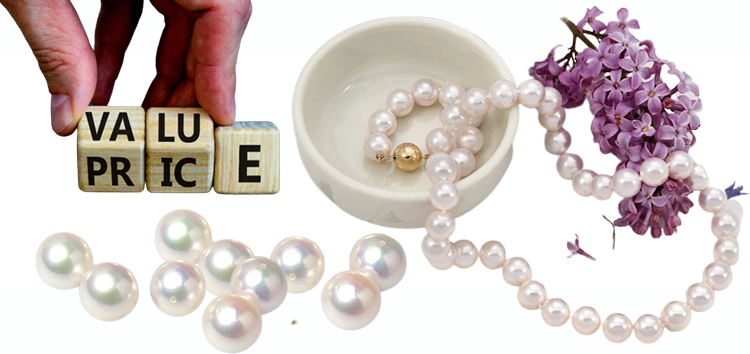
Due to their superior quality and rarity, Hanadama Akoya pearls are generally priced higher than classic Akoya pearls.
The meticulous selection process and higher standards associated with Hanadama pearls contribute to their elevated value.
What Are The Other Grades of Akoya Pearls?
Akoya pearls, treasured for their classic beauty and remarkable luster, are renowned for their exceptional quality.
Within the world of Akoya pearls, a spectrum of grades reflects varying levels of perfection and luster, offering options to suit different preferences and budgets.
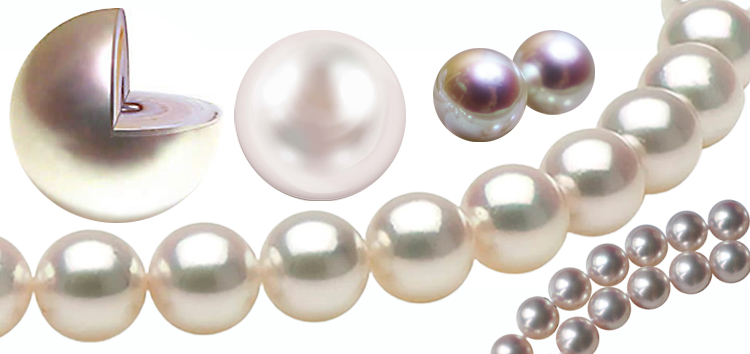
The highest grade of Akoya pearls is often called "Hanadama."
These pearls exhibit exceptional luster, near-perfect roundness, minimal surface blemishes, and consistently thick nacre.
Hanadama pearls undergo rigorous grading processes and are meticulously selected for superior quality.
Following Hanadama, the subsequent grades in descending order of quality are AA+, AA, and A.
These grades offer a range of luster, shape, and surface quality, providing options for those seeking Akoya pearls with varying degrees of perfection.
While AA+ pearls may feature excellent luster with minor blemishes, AA and A grades may exhibit slightly lower luster and more noticeable surface imperfections.
It is important to note that the grading standards may vary slightly between different pearl suppliers.
However, regardless of the grade, Akoya pearls are cherished for their elegant appeal and timeless beauty.
Whether one desires the pinnacle of Akoya pearl perfection with Hanadama or seeks a balance between quality and budget, exploring the different grades of Akoya pearls enables individuals to find the perfect match for their personal preferences and adorn themselves with the enduring charm of these remarkable gems.
Where to Buy Hanadama Akoya Pearls & Akoya Pearls?

When it comes to purchasing Hanadama Akoya pearls and Akoya pearls, it is crucial to find reputable sources that offer genuine and high-quality pearls. Here are some avenues to explore:
1. Trusted Jewellery Retailers: Look for well-established jewellery stores known for their commitment to quality.
Seek out those with a reputable history and positive customer reviews.
These retailers often have a selection of Hanadama and Akoya pearls in various designs and price ranges.
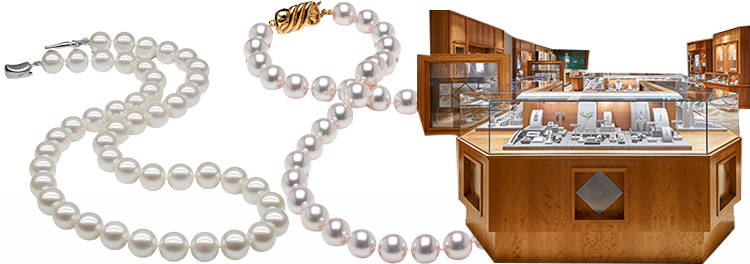
2. Pearl Specialists: Consider visiting or exploring online platforms specializing in pearls.
These experts have in-depth knowledge and expertise in sourcing and grading pearls, including Hanadama and Akoya varieties.
They can guide you through the selection process and provide valuable insights.
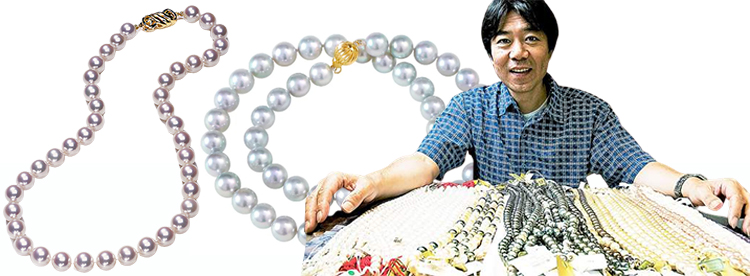
3. Auction Houses: Keep an eye on reputable auction houses that offer pearl auctions.
These events can present an opportunity to find unique Hanadama and Akoya pearls.
Ensure you research the authenticity and provenance of the pearls before participating in the bidding.

4. Online Pearl Retailers: Explore established online retailers specializing in pearls.
Look for websites that provide detailed information about their products, including origin, grading, and customer reviews.
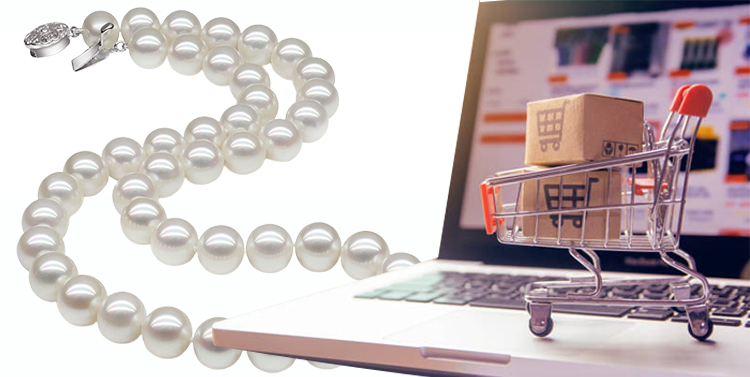
Summary
Summary: This article explores the enchanting world of Hanadama and Madama pearls, providing insights into choosing between these exquisite varieties.
It discusses the exceptional quality and radiance of Hanadama pearls, as well as the vibrant colors and playful nature of Madama pearls.
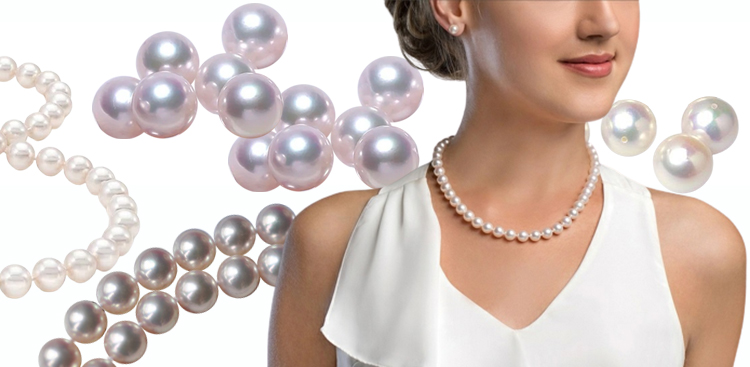
The article guides readers through the decision-making process and offers a glimpse into the allure of these captivating pearls, ultimately celebrating the beauty and elegance they bring to jewelry collections.


Leave a Comment